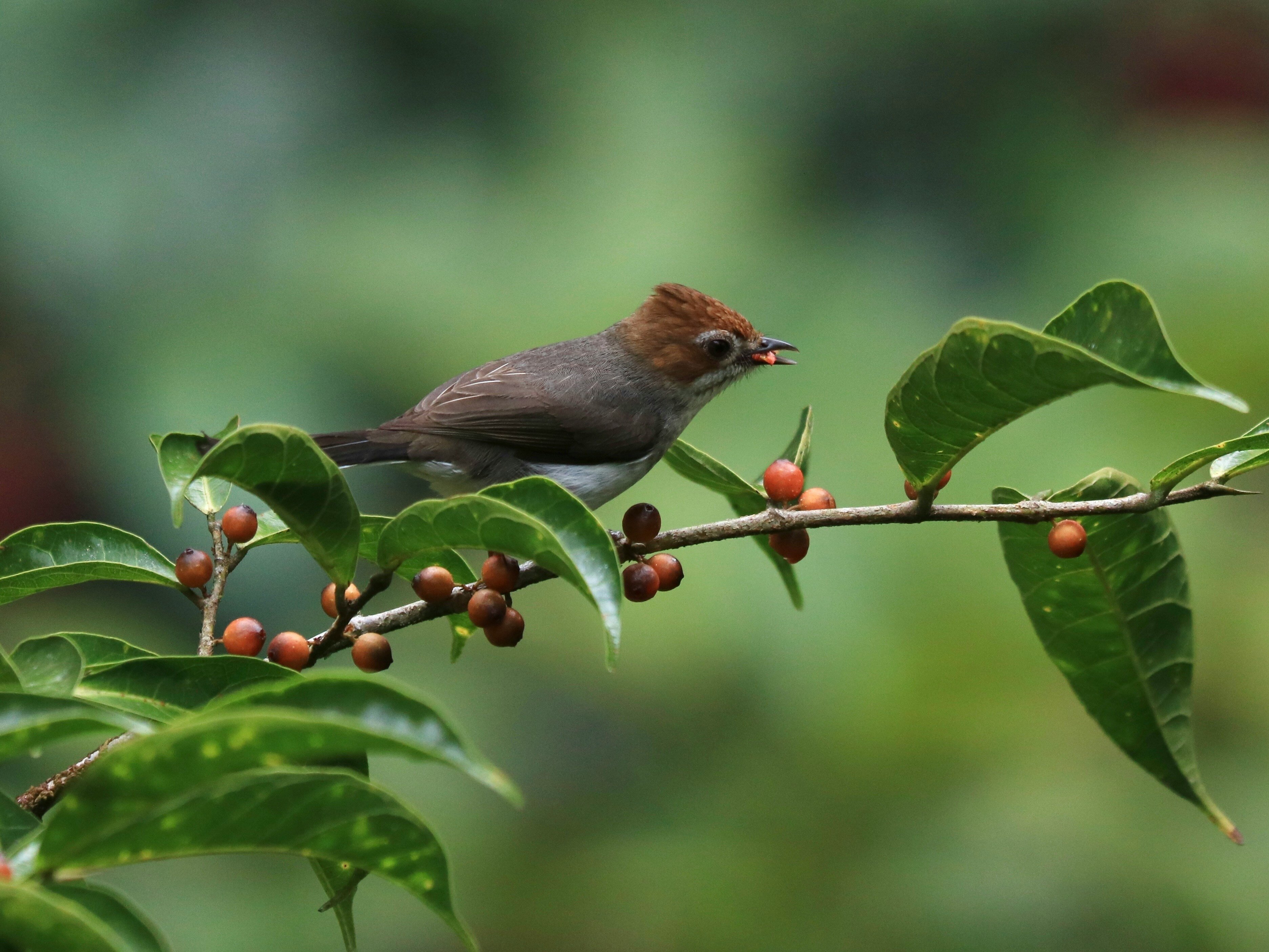Week 22: Conservation Finance News
Nik Nazmi urges state governments to optimize and enhance the Ecological Fiscal Transfer (EFT) impact
State governments are urged to optimize Ecological Fiscal Transfer (EFT) for biodiversity conservation by implementing large-scale projects, strengthening criteria, and aligning forestry enactments with national laws. A successful EFT implementation led to the gazetting of 350,000 hectares of new protected areas, with RM550 million allocated by the federal government. Click here to learn more.
Increase funding for the conservation of tigers
Another Malayan tiger was tragically killed by a vehicle on the East Coast Expressway, marking the third death in six months. Urgent conservation efforts are needed to protect the fewer than 150 remaining Malayan tigers. Focus on preventing habitat fragmentation, ensuring connectivity, and creating forest corridors across Peninsular Malaysia. Adequate funding and conservation are essential for safeguarding the future of Malayan tigers. Click here to learn more.
Government to strengthen biodiversity conservation
The ministry, led by Minister Nik Nazmi, is dedicated to enhancing Malaysia's biodiversity conservation efforts in alignment with the Kunming-Montreal global framework. As a megadiverse country, Malaysia prioritizes the protection of its natural assets through various initiatives such as EFT, BP3, and wildlife damage compensation. Through town hall sessions and other programs, the ministry aims to strengthen biodiversity conservation measures and promote environmental stewardship. To know more, you can click here.
Assessing carbon loss in the Indonesian peatland ecosystem
Conserving undrained tropical peatland ecosystems in East Kalimantan, Indonesia, is crucial for climate change mitigation due to their significant soil carbon storage potential. Despite being water-logged, these peat swamp forests emit CO2 and CH4, with fluvial organic carbon export contributing to carbon loss. Protecting these ecosystems can effectively reduce carbon emissions and enhance climate change resilience. To learn more, you can click here.
Can rhino bonds and debt-for-nature swaps boost Asia's biodiversity funding?
Asia is lagging in its conservation efforts, risking missing the UN biodiversity summit's goals. Governments must accelerate protected area creation and boost biodiversity spending. Private sector participation is encouraged through initiatives like Biodiversity Credits, Debt-for-Nature Swaps, and Wildlife Conservation Bonds, but they face challenges like integrity issues and limited impact. Critics suggest prioritizing environmental regulations, fiscal measures, and community engagement for more effective conservation. To know more, you can click here.
Biodiversity Credit Alliance defines biodiversity credits
The UN-backed Biodiversity Credit Alliance (BCA) released a paper defining biodiversity credits to establish a common framework for building the market. The effort aims to ensure success by focusing on lower-risk credits and key terms like outcome, durability, and additionality. Click here to learn more.
First five corporate nature-positive strategies approved
Business for Nature has accepted the strategies from GSK, Anne Veck, Kering, ENGIE, and Taiwan Cement Corp. Launched last November, plans are reviewed against the Nature Strategy Handbook for minimum requirements with an aim for a nature-positive economy by 2030. The campaign breaks down corporate plans into the key criteria for its website, alongside links to the full plan. To learn more, click here.
Global Biodiversity Fund approves the initial grants
The Global Biodiversity Framework Fund (GBFF) has approved over $70 million for 18 new projects aligned with the Kunming-Montreal Global Biodiversity Framework (GBF) in 21 countries. Managed by GEF, this fund provides support for biodiversity initiatives in 24 countries, placing a special emphasis on empowering Indigenous Peoples and local communities. The second round of grants includes projects in Peru, Cameroon, Indonesia, and the Democratic Republic of Congo, among others. Countries are urged to increase contributions to the fund for full implementation. To know more, click here.
Over 50% of mangrove ecosystems face collapse by 2050, warns IUCN first assessment
IUCN's first-ever assessment shows over 50% of mangrove ecosystems are at risk of collapse by 2050, with many classified as vulnerable, endangered, or critically endangered. Climate change poses a growing threat, impacting sea level rise and severe storms, with the potential loss of protection for millions of lives. Urgent conservation efforts are needed to safeguard these vital ecosystems and their services. To know more, you can click here.
Three Key Focus Areas for Biodiversity Leading Up to COP16
Colombia will host COP16, advancing goals from the Kunming-Montreal Global Biodiversity Framework. SEI researchers focus on inclusive approaches, aligning National Biodiversity Strategies with global plans, emphasizing implementation, funding, and governance. Their research targets consumption impacts, coastal resilience, and bioeconomy potential for sustainable development, highlighting the need for coordinated efforts in biodiversity conservation. Click here to learn more.



